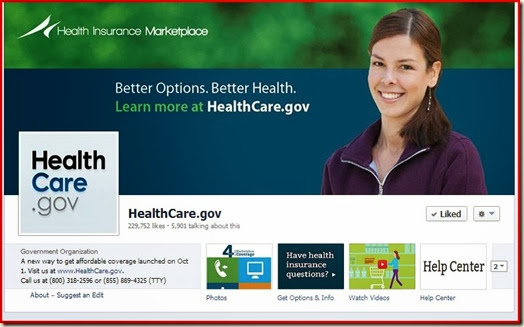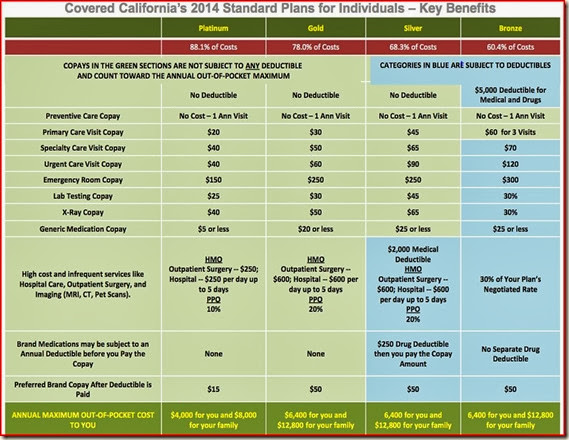Health Train Express is searching for a ‘volunteer’ to help with research and writing for the blog. We are struggling to keep up with the surge in interest in health reform.The ideal candidate would be a graduate student in MPH program or in a health related MBA program. Full attribution will be given to writers, and your contribution would be subject to the ‘Creative Commons” copyright regulations. You may use this material as a reference.
The blog is focusing on the credibility of the ACA. Your activity is very important at this time to ‘expose’ Obamacare.
The lastest information regarding premiums, exclusions, and special conditions are brought to you courtesy of Matthew Taber . Keep in mind that these figures are from the Federal HBX, subject to change, delayed deadlines, and inaccurate statements.
Scroll down to the bottom of the page for a viable legal alternative to the Affordable Care Act.
“October 28, 2014
Keep in mind all of the data concerning premiums and subsidies (subsidies on federally run state exchanges are illegal per ACA) are completely screwed up but below should give you at least an idea of what they could be.
*Note on smokers. Insurers charge a tobacco surcharge of up to 50% of total premium. Tax subsidy can not be applied to the tobacco surcharge *
Healthy single non-smoker 30 year old living in Cypress TX making $26,000 a year
Silver plan - $2,614 per year
Subsidy - $737 per year (covers 28% of overall premium)
Amount you pay - $1,877 per year (7.22% of household income, 72% of overall premium)
Healthy single non-smoker 30 year old living in Nashville TN making $26,000 a year
Silver plan - $2,006 per year
Subsidy - $129 per year (covers 6% of overall premium)
Amount you pay - $1,877 per year (7.22% of household income, 94% of overall premium)
Healthy single non-smoker 30 year old living in Riverside CA making $26,000 a year
Silver plan - $2,790 per year
Subsidy - $913 per year (covers 28% of overall premium)
Amount you pay - $1,877 per year (7.22% of household income, 67% of overall premium)
Healthy single smoker 30 year old living in Pinehurst NC making $26,000 a year
Silver plan - $3,139 per year
Subsidy - $1,262 per year (covers 40% of overall premium)
Amount you pay - $1,877 per year (7.22% of household income, 60% of overall premium)
Healthy single smoker 30 year old living in Gulf Shores AL making $26,000 a year
Silver plan - $2,650 per year
Subsidy - $773 per year (covers 29% of overall premium)
Amount you pay - $1,877 per year (7.22% of household income, 71% of overall premium)
---------------------------------------------------------------------------------------------------------------------------------------------------------------------------
Healthy family with two children living in Cypress TX making $40,000 a year
Silver plan - $8,866 per year
Subsidy - $6,901 per year (covers 78% of overall premium)
Amount you pay - $1,965 per year (4.91% of household income, 22% of overall premium)
Health family with two children living in Nashville TN making $40,000 a year
Silver plan - $6,805 per year
Subsidy - $4,840 per year (covers 78% of overall premium)
Amount you pay - $1,965 per year (4.91% of household income, 29% of overall premium)
Healthy family with two children living in Riverside CA making $40,000 a year
Silver plan - $9,465 per year
Subsidy - $7,500 per year (covers 79% of overall premium)
Amount you pay - $1,965 per year (4.91% of household income, 21% of overall premium)
Healthy family with two children living in Pinehurst NC making $40,000 a year
Silver plan - $10,649 per year
Subsidy - $8,684 per year (covers 82% of overall premium)
Amount you pay - $1,965 per year (4.91% of household income, 18% of overall premium)
Healthy family with two children living in Gulf Shores AL making $40,000 a year
Silver plan - $8,989 per year
Subsidy - $7,024 per year (covers 78% of overall premium)
Amount you pay - $1,965 per year (4.91% of household income, 22% of overall premium) “
You can avoid all of the above stipulations by using a ‘Direct Payment” program, such as MedicalAccessUSA and by purchasing a ‘catastrophic health insurance plan” If you are curious and want more details, click on the ‘Contact Us’ black tab on the upper right hand corner of the landing page. No obligation, this is an informational demo site only.
Author disclosure: No guarrantees of coverage or benefits should be accrued to this message. Informational purpose only.







